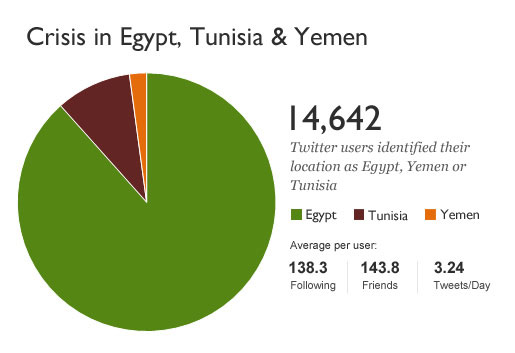Top 3 Picks: Best Social Media Infographics
Here’s Stephen Paul’s Top 3 picks from the latest round of Social Media Infographics. Say what you will about the tidal wave that is social media: it’s over-hyped, a fad halfway through its 15 minutes, that surely won’t be around in a few years’ time. —– Here’s Stephen Paul’s Top 3 picks from the latest…





